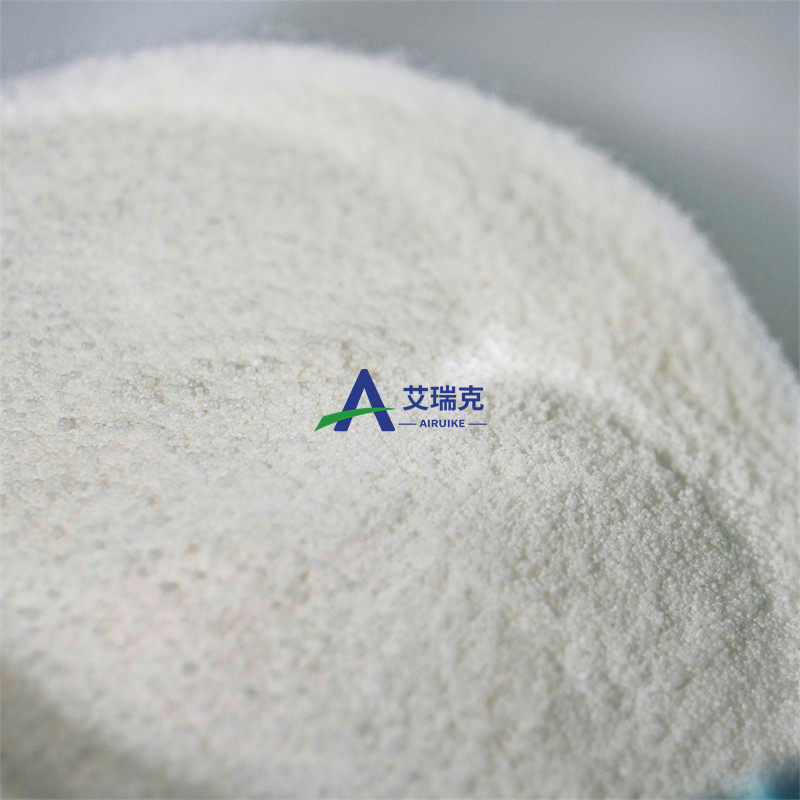-
Categories
-
Pharmaceutical Intermediates
-
Active Pharmaceutical Ingredients
-
Food Additives
- Industrial Coatings
- Agrochemicals
- Dyes and Pigments
- Surfactant
- Flavors and Fragrances
- Chemical Reagents
- Catalyst and Auxiliary
- Natural Products
- Inorganic Chemistry
-
Organic Chemistry
-
Biochemical Engineering
- Analytical Chemistry
-
Cosmetic Ingredient
- Water Treatment Chemical
-
Pharmaceutical Intermediates
Promotion
ECHEMI Mall
Wholesale
Weekly Price
Exhibition
News
-
Trade Service
*For medical professionals only
Causes of Acute Stroke:A Patterned Approach[J].
Radiol Clin North Am,2019,57(6):1093-1108.
[2] LI Xiaolei, LI Jingjing, LI Yi, et al.
Reliability test of A-S—C-O classification, TOAST typing and CISS typing of ischemic stroke[J].
Chinese Journal of Stroke,2011,6(05):359-365.
)
Where to read more about stroke?
Come to the "doctor's station" and take a look 👇
What are the advantages and disadvantages of each of the two types? Do you have anything else to add? Welcome to leave a message to discuss
In the nervous system, the etiological classification of ischemic stroke is of great value
for the clinical treatment decision and prognosis of ischemic stroke.
At present, the commonly used clinical classification system for ischemic stroke etiology includes TOAST (Trial of Org 10172 in Acute Stroke Treatment (TOAST) and Chinese ischemic stroke subclassification (CISS).
Typing
.
Among them, TOAST classification is still the most widely used classification of stroke etiology in clinical application and scientific research work in China and even in the world
.
This article analyzes the main contents and advantages and disadvantages of the two types
.
One
TOAST typing characteristics [1]:
01 Large-artery atherosclerosis (LAA):
(1) Clinical findings include cortical dysfunction (aphasia, neglect, partial motor involvement, etc.
), brainstem or cerebellar dysfunction;
(2) Previous intermittent claudication, TIA in the same blood supply area, carotid bruit, short pulse, etc.
are helpful for clinical diagnosis;
(3) On brain CT/MRI, lesions of the cerebral cortex or cerebellum and lesions with a diameter of > 1.
5 cm in the brainstem or subcortical hemisphere indicate potential sources of atherosclerosis;
(4) Ultrasound or contrast examination finds that 50% of the intracranial and external responsible arteries > stenosis or occlusion, if the ultrasound or contrast examination is normal or only slightly sclerosis, this type of diagnosis cannot be made;
(5) Cardioembolism
is excluded by corresponding examinations.
02 cardioembolism (CE): Arterial occlusion in this category of patients is thought to be caused by emboli originating from the heart, and cardiogenic emboli are divided into high-risk and intermediate-risk groups
.
(1) To diagnose "probably" or "probably" cardioembolism, at least one cardiac embolus must be found;
(2) The clinical and brain imaging findings were similar to those seen in LAA typing;
(3) evidence of previous TIA or stroke and systemic embolism in 2 or more blood supply areas, which is helpful for the diagnosis of this type;
(4) atherosclerogenic thrombus or embolism of the aortic aorticism must be excluded;
(5) If the patient's stroke is a source of CE "intermediate-risk" emboli and other causes are excluded, the diagnosis is "possible" cardioembolism
.
Table 1.
TOAST typing: cardioembolic high-risk, intermediate-risk embolic sources
(Author's homemade)
03 Small-artery occlusion lacunar (SAA):
(1) Manifested as classic clinical lacunar syndrome with no evidence of cortical dysfunction;
(2) a history of previous diabetes or hypertension is helpful in the diagnosis of this type;
(3) Brain CT/MRI examination is normal, or there are lesions with a diameter of < 1.
5cm under the brainstem or cortex;
(4) exclude potential cardioembolism;
(5) The vascular stenosis of the same side of the lesion should not exceed 50%
in the examination of extracranial large arteries.
Underlying cardioembolism, intracarotid artery extracranial stenosis>50% exclude this classification;
(6) If there are changes in consciousness, aphasia, visuospatial disorders, eye movement disorders, and abnormal advanced intellectual activities, lacunar infarction is not diagnosed
.
04 stroke of other determined etiology (SOE).
This type includes some rare causes of stroke, including nonatherosclerotic angiopathy, hypercoagulable states, and blood disorders
.
Clinical and brain CT/MRI in this type of patient reveals ischaemic stroke regardless of size or location
.
Blood or vascular imaging reveals a rare cause and excludes atherosclerosis and cardioembolism
.
(1) dissecting aneurysm; (2) Blood coagulation disorders; (3) changes in blood composition (polycythemia); (4) Vasculitis (hook body disease, syphilis, etc.
); (5) Vascular malformations (arteriovenous malformations, moyamoya disease); (6) Connective tissue disease (SLE, pulselessness); (7) dehydration; (8) trauma; (9) fibromuscular dystrophy; (10) Compressive vascular diseases; (11) drug addiction; (12) Miscellaneous
.
05 stroke of undetermined etiology (SUE)
There are 3 scenarios for this type:
(1) Examination found that there are 2 or more causes;
(2) Although there is a thorough examination, the cause cannot be determined;
(3) The examination is not perfect and the cause
cannot be determined.
▌ Advantages of TOAST typing
For the first time, it was emphasized that stroke is a syndrome, not a disease
.
Its classification is relatively simple, can be performed in most hospitals, is the most studied classification, and its effectiveness has been verified
.
▌ Disadvantages of TOAST typing
(1) The subjective bias of the investigators was large, and the consistency between different assessors and the same assessor at different times was only moderate;
(2) The criteria for atherosclerosis are too strict, such as vascular stenosis< 50% of vulnerable plaques cannot be attributed to this type;
(3) There are too many types of stroke of unknown cause, clinical examination is inconsistent with imaging examination, or multiple causes are found in the examination, all of which are classified as unexplained types, which is not conducive to the treatment and prevention of stroke;
(4) Sometimes misleading "clinical diagnosis", such as a patient with vertebral artery dissection, if there is patent foramen ovale, if the assessment is incomplete, it is easy to classify cardioembolism, resulting in misdiagnosis and mistreatment
.
Two
Chinese ischemic stroke classification: CISS classification [2].
Due to the above shortcomings, after the release of TOAST typing, scholars from many countries proposed an improved version of the etiological classification
of ischemic stroke in their countries.
Figure 1.
CISS typing (author's homemade)
CISS typing has the following advantages:
1) It is more in line with the pathological changes of atherosclerotic stroke of large arteries and arterioles, significantly reduces the diagnosis of unexplained stroke, and increases the accuracy and reliability of the diagnosis of ischemic stroke;
2) clarify the correspondence of risk factors;
3) Establish types based on pathogenesis typing, and subdivide
ACIs that are not easy to classify.
However, CISS classification also has certain limitations, and there are many diagnostic criteria and basis, so some examination costs should be increased in clinical practice, for some acute isolated infarction foci, it is judged that the carrier artery (plaque or thrombus) in the LAA type blocks the perforating artery, or the PAD type small and medium-sized arterioles vitreous and perforating atherosclerosis are difficult
.
Three
TOAST typing and CISS typing are easily mixed
(1) TOAST typing is not pathogenesis typing, that is, low-perfusion infarction, watershed infarction, etc.
, these concepts are not the content
of TOAST classification.
(2) If more than 1 blood vessel innervation area is found, it is not necessarily cardiogenic in CISS classification, it may also be atherosclerotic type of large arteries, aortic arch atherosclerotic plaque detachment leads to arterial-arterial embolism, or it may be other causes such as eosinophilia
.
(3) The diagnosis of aortic atherosclerotic type in CISS classification does not require intracranial and extracranial large vessel stenosis to be greater than 50%, nor does it require the diameter of
infarct foci.
(4) There is no arteriole occlusion type in CISS classification, but perforating arteriopathy, and only there is a small arteriole occlusion type
in TOAST classification.
(5) There is no concept
of lacunar ischemic stroke in CISS classification.
References:
[1]Knight-Greenfield A,Nario J,Gupta A.Causes of Acute Stroke:A Patterned Approach[J].
Radiol Clin North Am,2019,57(6):1093-1108.
[2] LI Xiaolei, LI Jingjing, LI Yi, et al.
Reliability test of A-S—C-O classification, TOAST typing and CISS typing of ischemic stroke[J].
Chinese Journal of Stroke,2011,6(05):359-365.
)
Where to read more about stroke?
Come to the "doctor's station" and take a look 👇







